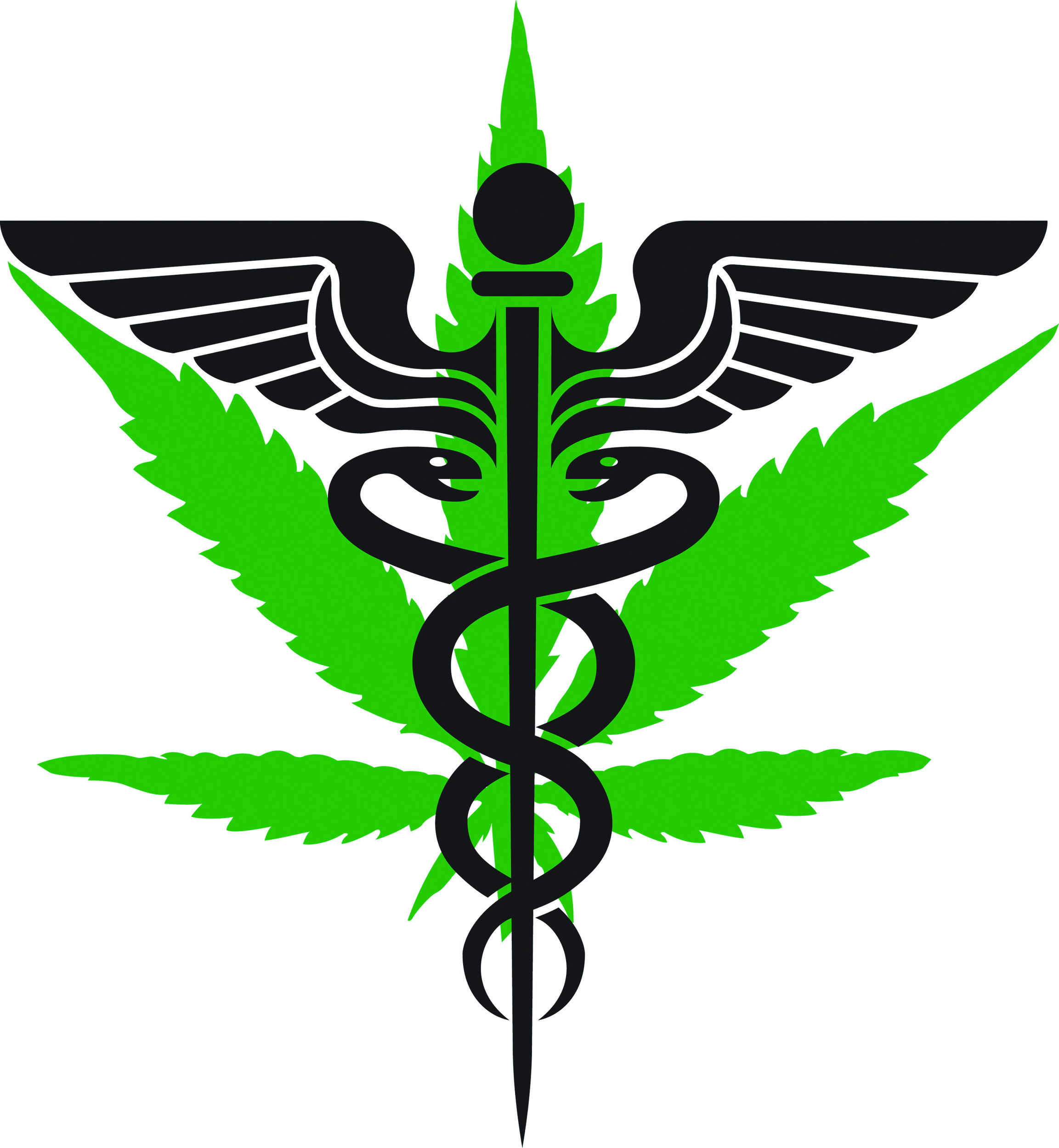
02 Jun How Does Cannabis Provide Medicinal Help?
You’ve probably heard about the miracles of medical cannabis, but do you know why and how it works its magic?
At Green Cross of Torrance, we believe in educating our community about cannabis and how it does what it does. In the case of medicinal help, it all starts with the endocannabinoid system (ECS). This bodily system is common in mammals (like us!), birds, amphibians, fish, and many more nervous-system-having organisms. The ECS works to preserve homeostasis, or the stability and equilibrium between interdependent elements; like inside of one’s body.
Basically, maintaining homeostasis means that the body’s systems are working well together. It means that the body has a stable internal environment no matter what’s going on outside of it. Pain management, immune response, appetite, energy regulation, mood, and memory are just some of the functions that are managed by the ECS. This wide array of functions is why cannabis is sometimes touted as a “miracle drug.” But it’s no miracle. It’s simply the ECS interacting with cannabis.
ECS Locks and Keys
The ECS is made up of cell receptors and corresponding molecules that work like locks and keys. When the two fit and connect, functions of the ECS are engaged. Endocannabinoids are “keys” that are made by the body and are able to activate the ECS when they connect. Cannabinoids, on the other hand, come from the cannabis plant. (Which the ECS, endocannabinoid system, is actually named after.) Cannabinoids are shaped a lot like endocannabinoid “keys”, which is how the cannabinoids “unlock” the cell receptors. This activates functions of the ECS.
The most well-known of cannabinoids are definitely THC and CBD, but there are several more known cannabinoids and scientists think that there are over 100 still to be discovered. These various types of cannabinoids are more powerful when they work together. This phenomenon is known as “the ensemble effect.” This explains why isolated cannabinoids and synthetic forms of cannabis aren’t as effective as whole plant medicine. There are also fewer side effects (like headache or dry mouth) when whole plant medicine is used.
In addition to stimulating the ECS to provide homeostasis (helping cure + prevent disease), using cannabis has also been shown to actually increase the number of cannabinoid receptors, or “locks.” This means that the body is able to utilize more endocannabinoids and cannabinoids “keys.” This is also why many people don’t get high their first time using cannabis – because they don’t have enough receptors, but then get more after medicating.
You don’t have to get stoned.
You can absolutely reap the benefits of medicinal cannabis without getting high. There are several cannabinoids that are non-psychoactive, including the well-known CBD. Also, using very small doses of cannabis – often done in a liquid form (tincture) – has shown to be effective in producing medical benefits without getting the user high. This is called micro-dosing and it enables people to go about a normal active day whilst treating depression, stress, anxiety, pain, and improving focus.
So, in short, cannabis is medically effective due to its ability to engage the many functions of the endocannabinoid system, or ECS. It’s no “miracle,” it’s just that the ECS takes care of a lot of business. It’s wise to use the whole plant, versus just isolated cannabinoids. And a buzz is not necessary to enjoy the health benefits of cannabis. Be sure to tell your budtender your health objectives when you come in!
Sorry, the comment form is closed at this time.